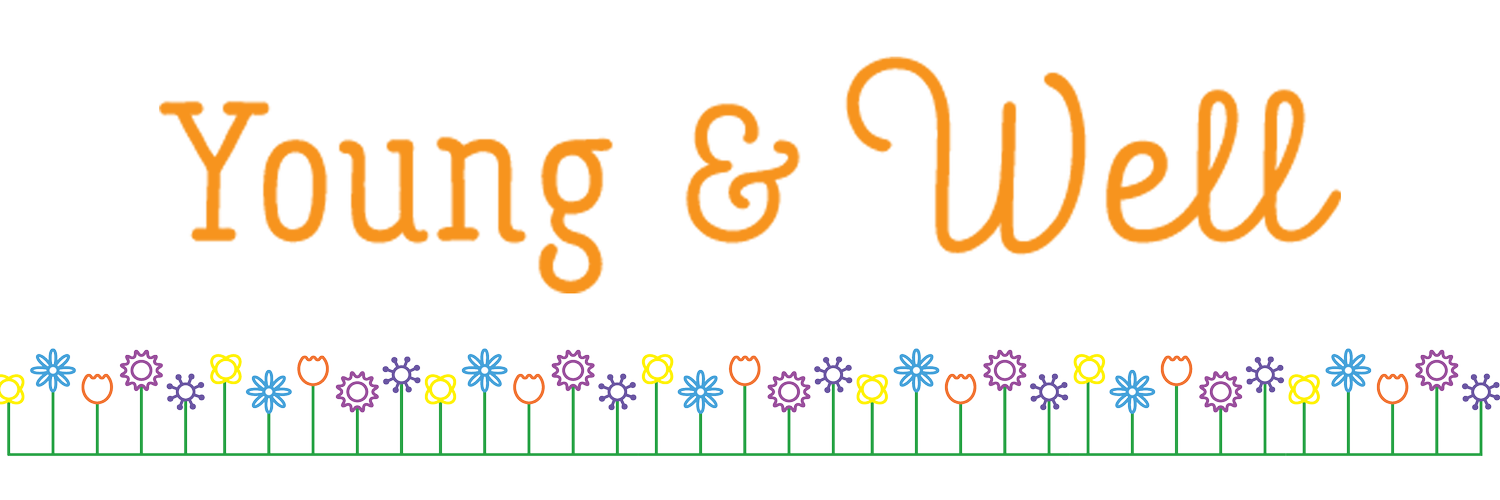Bedtime Strategies
Do you have a child struggling with the bedtime routine? Here’s some strategies you can implement tonight. Remember, with children, we are playing the long game. Our job as parents is to provide consistent, gentle support. We co-regulate with our children, and as time goes on, we will see them make improvements.
If you don’t already have a bedtime routine, start by creating one. Consider what activities need to be done to prepare for sleep and the following day. Some that we have with our own families and that our clinic families have shared with us include brushing teeth, brushing hair, bathing, applying lotion, undressing and dressing, tidying their room, playing a quiet and calm game, and reading books. Once you as the parent have established what is best for your family, create a visual routine with images for each step. You can draw pictures and label them, search Etsy for printable customizable visual routines, or use a site like LessonPix to create one for free.
Two hours before bedtime:
Have your child engage in heavy work activities. This can include pushing, pulling, or lifting. Some great ideas are pushing a laundry basket full of clothes or toys, pulling a sibling around on a blanket, and lifting a large box of books.
Aim to have screen time end by this time. Screen time within two hours of bedtime is stimulating to the nervous system.
One hour before bedtime:
Begin reducing environmental stimuli. Dim or limit the lights, play calming music with monotonous and repetitive low frequency sounds, and use calming scents like chamomile or lavender.
Avoid movement-based or high energy games or activities one hour before bedtime. Play sedentary games or engage in calming activities such as coloring, puzzles, blocks, or Magna-Tiles.
Aim to have bath completed one hour prior to bedtime. Use calming transition songs/music before and after bath. Please refer to our bath time sensory strategies blog post for ideas to make bath time more tolerable for kids with tactile defensiveness.
Thirty minutes before bedtime:
Engage in linear rhythmic movements such as swinging slowly back and forth or rocking in a chair.
Engage in deep pressure activities such as burrito/hot dog blanket roll, joint compressions, massage with lotion (if tolerated), heavy/weighted blanket, or lying underneath pillows.
Breathing exercises or mindfulness yoga positions
For a bedtime story, work together with your child to cooperatively choose one to two stories to read in bed. Use a quiet voice, slower breath, dimmed lights, and other calming environmental stimuli (ie, white noise or essential oil diffuser).
Here is an example bedtime routine.
Two hours for bedtime, engage in heavy work activities. Have your child move the kitchen chairs and sweep under the table.
Begin to reduce environmental stimuli and eliminate unnecessary lights. Have your child brush teeth and any other necessary bedtime preparations like tidying their room. Run a bath and use calming transitional strategies in and out
Following bath, either massage your child with lotion or have them massage themselves with lotion for deep pressure input.
Engage in connection with your child by having them choose a calm and quiet game or activity to play or yoga to do together.
If you have a net or lycra swing in your home, sit with your child and have them swing with a weighted blanket on (2.5-5lbs for children) and let them lead conversation.
Choose books to read together
We don’t live in an ideal world, and we know the perfect bedtime routine is not going to eliminate all bedtime resistance. Take what speaks to you and your family and leave the rest. Our focus here is always the child - in what way can I prepare myself and my environment to support my child in transitioning to a calm and restful state in order that they may then transition into a good night’s sleep.


